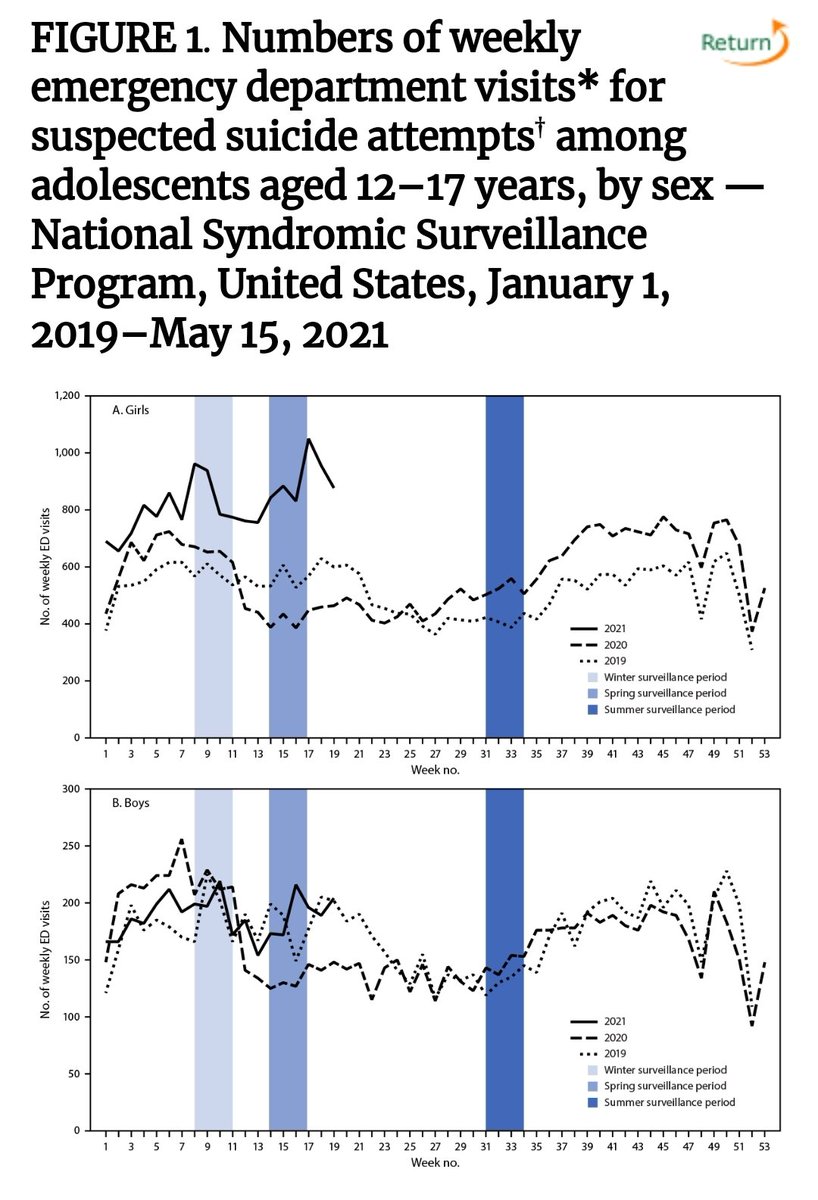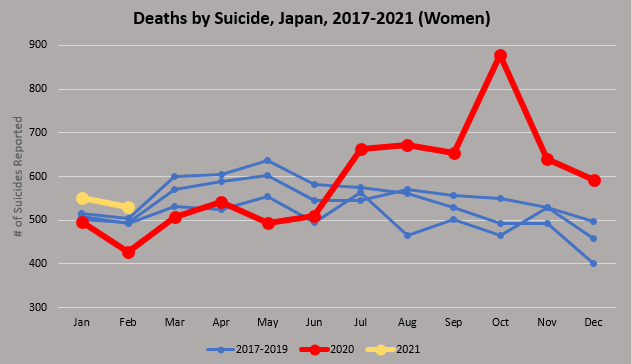
I love my #dslr camera - though phones are amazingly convenient and that means a lot in photography, nothing beats physics and light-gathering.
Quick comparison.
I was standing, looking at this building. There is a window washer 150m away.
.../
Quick comparison.
I was standing, looking at this building. There is a window washer 150m away.
.../

/3
Lets use the Samsung-marketed "superzoom!" I can.. well... I can see him.
The phone is doing what it can with its tiny sensor and algorithms. But see that bucket? let's pull out my DSLR.
Lets use the Samsung-marketed "superzoom!" I can.. well... I can see him.
The phone is doing what it can with its tiny sensor and algorithms. But see that bucket? let's pull out my DSLR.

/5
extreme zoom:
WARNING! Children can fall into bucket and drown.
(important safety information btw).
extreme zoom:
WARNING! Children can fall into bucket and drown.
(important safety information btw).

Photography is such a great hobby, and if using a phone and its capabilities is what gets you into it, great! There are things you can do with phones that are incredible.
But in photography, photons and sensor size matter!
But in photography, photons and sensor size matter!
• • •
Missing some Tweet in this thread? You can try to
force a refresh
















